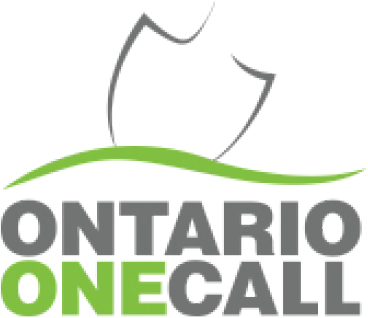Water Crossings
Download the Water Crossings fact sheet.
HOW TRANS-NORTHERN PIPELINES PROTECTS WATERWAYS
From small streams, ditches and creeks to large lakes and rivers, our pipeline operates near numerous bodies of water in Alberta, Ontario and Quebec. These water crossings require specialized monitoring and maintenance activities to ensure that we protect the environment, and the community, and the pipeline.
At Trans-Northern Pipelines Inc. (TNPI), our first priority is to operate safely. All of our work is guided by our integrity management program – a documented and systematic approach to take care of the pipeline – and by the Canada Energy Regulator for the interprovincial pipeline in Ontario and Quebec, and the Alberta Energy Regulator for the Alberta Products Pipeline.
HERE ARE SOME OF THE ACTIONS WE TAKE TO PROTECT WATERWAYS ALONG THE PIPELINE:

We maintain a detailed database of all waterways near our pipeline to help us plan and prioritize our integrity management activities. We continuously update this database with new information from various sources including our weekly aerial patrols and annual ground patrols where we look for any changes along the pipeline right of way, as well as mapping and satellite imagery from other sources, like Google Earth.

In areas near major water crossings, the pipeline is constructed with pipe that has a heavier and thicker wall.

Our pipeline is monitored by a network of sensors placed at hundreds of points along the pipeline to deliver real time data to our control room. This data is then monitored by trained operators at all times. The operators watch for changes in pressure, flow or other signs of a leak or disturbance. If they suspect anything, they can remotely shut down the pipeline so we can investigate further. We also conduct what we call “pipeline balance calculations” to ensure that the amount of product shipped from the refinery equals the amount product received at the final destination.

We continue to work with local municipalities and conservation authorities to ensure we remain aware of any and all water intake systems downstream from our pipeline.

TNPI uses valves on either side of major waterways that are remotely operated so we can quickly stop the flow of product through the pipeline if necessary. All valves are visually inspected bi-weekly.

We visually inspect the area around the pipeline – commonly referred to as the “right of way” – from the air and the ground, and use specialized inline inspection tools to assess the pipe’s integrity from the inside. Near waterways, we watch for signs of erosion due to changes in temperature, heavy rainfall, melting snow or other natural causes. We also have real-time monitoring in place for flooding, seismic activity and extreme rainfall, all of which allows us to immediately inspect for any changes. Pipeline water crossings are assessed for risk based on likelihood of exposure, probability of pipeline impact and vulnerability for slopes. Sites that are considered higher risk are inspected more frequently, while low risk water crossings are inspected less frequently.

We have an Emergency Response Plan (ERP) to respond safely and efficiently in the unlikely event of an incident. The ERP includes detailed plans for locations near water. We regularly test our plan through training exercises, allowing us to practice our response skills and test procedures in a safe environment. We also share our plan with municipalities and first responders. A copy is available online at tnpi.ca/emergency-response-plan

We have identified numerous control points along our entire pipeline system in the highly unlikely event of a release into water. These control points are located where we have proactively identified and confirmed that it is sufficient for immediate access to the water way to, for example, deploy booms downstream of any pipeline release into the water.
About TNPI
We operate 850 km of Canada Energy Regulator (CER)-regulated pipeline in Ontario and Quebec, while the Alberta Energy Regulator (AER) regulates our 350 km pipeline in Alberta. Our highest priority is to operate in a safe and environmentally responsible manner.
IF YOU’RE DIGGING, ALWAYS GET PERMISSION FIRST.


